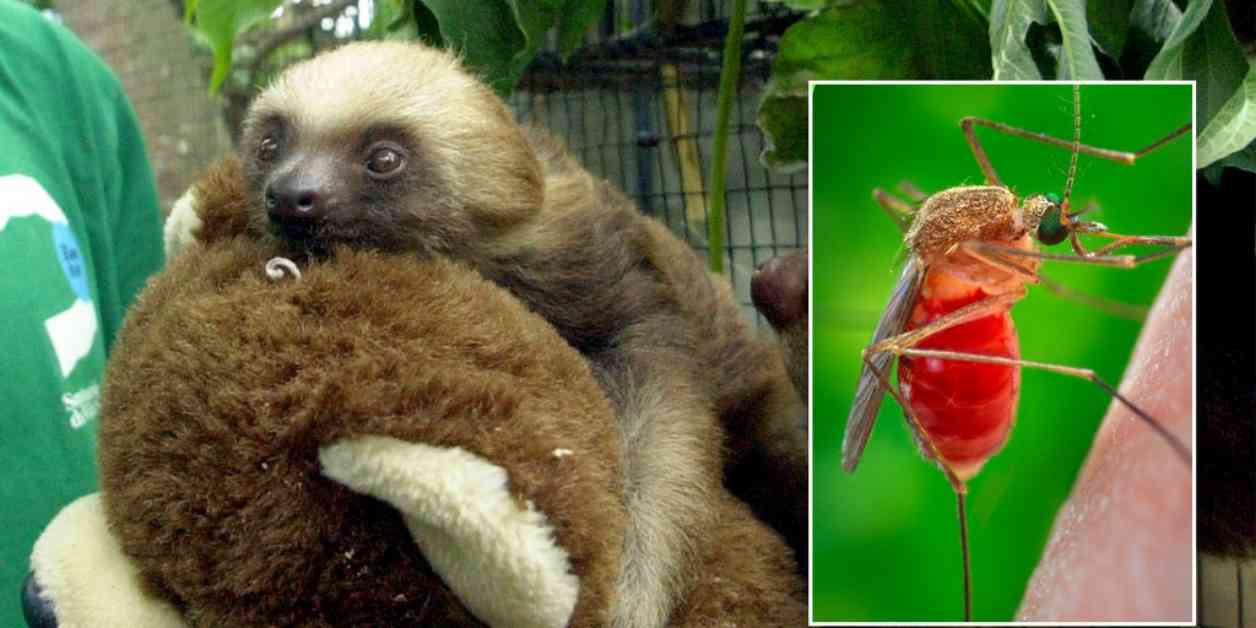The Centers for Disease Control and Prevention (CDC) has recently reported a concerning outbreak of Oropouche virus disease, also known as sloth fever, in the United States. This disease has been identified in 21 cases among travelers returning from Cuba, with twenty cases reported in Florida and one in New York. While the disease is primarily spread through bites from midges and certain mosquitoes, the good news is that it is rarely fatal. Symptoms of sloth fever include headache, fever, muscle aches, and joint pains.
### Monitoring Disease Spread and Symptoms
Health officials are closely monitoring the situation to prevent the spread of the virus within the United States. While there is currently no indication that the virus is spreading locally, doctors are being advised to be vigilant when treating travelers returning from Cuba and South America. Most patients who have returned from Cuba reported experiencing symptoms between the months of May and July. The CDC’s Morbidity and Mortality Weekly Report revealed that three patients were hospitalized, but fortunately, there have been no reported deaths linked to the virus.
### Challenges in Controlling the Spread
The dire economic crisis in Cuba has presented challenges in controlling the spread of Oropouche virus disease. Frequent power outages have forced many individuals to sleep with open windows during the hot summer months, increasing their risk of exposure to infected insects. Additionally, limited access to insect repellents and fuel shortages have hindered fumigation efforts in the region. These factors have contributed to the virus’s ability to circulate within the local population.
### Recommendations for Prevention
To prevent the transmission of Oropouche virus disease, the CDC has issued a Health Alert Network (HAN) Health Advisory emphasizing the importance of taking preventive measures. Travelers are advised to use insect repellents, wear long-sleeved shirts and pants, and avoid unnecessary travel to high-risk areas. Pregnant women, in particular, are urged to avoid traveling to regions where the virus is prevalent to protect themselves and their unborn children.
### Impact of the Virus in the Americas
The virus is endemic to the Amazon basin, and countries in the Americas region have reported over 8,000 cases of Oropouche virus disease this year alone. Brazil, Bolivia, Peru, Colombia, and Cuba have all documented cases of the disease, including two fatalities and five instances of vertical transmission from mother to fetus. This underscores the importance of taking proactive measures to prevent the spread of the virus within these regions.
### Symptoms and Treatment
Approximately 60% of individuals infected with Oropouche virus develop symptoms, which typically manifest within three to ten days after exposure. While there is currently no vaccine available for the disease, treatment focuses on managing symptoms through rest, hydration, and the use of analgesics and antipyretics. It is essential for individuals to seek medical attention if they experience symptoms associated with sloth fever to receive appropriate care and support.
### History and Origins of Oropouche Virus
The Oropouche virus was first detected in 1955 in Trinidad and Tobago and has since been identified in various regions of South America. Scientists initially associated the virus with three-toed sloths, as they believed these animals played a crucial role in its transmission between insects and other hosts. While the exact origins of the virus remain uncertain, ongoing research aims to deepen our understanding of its behavior and transmission dynamics.
### Conclusion
In conclusion, the recent outbreak of Oropouche virus disease in the United States highlights the importance of proactive monitoring and preventive measures. By raising awareness about the symptoms, transmission, and treatment of sloth fever, health officials can effectively mitigate the spread of the virus and protect vulnerable populations. Through collaborative efforts and public education, we can work together to combat emerging infectious diseases and safeguard global health.




